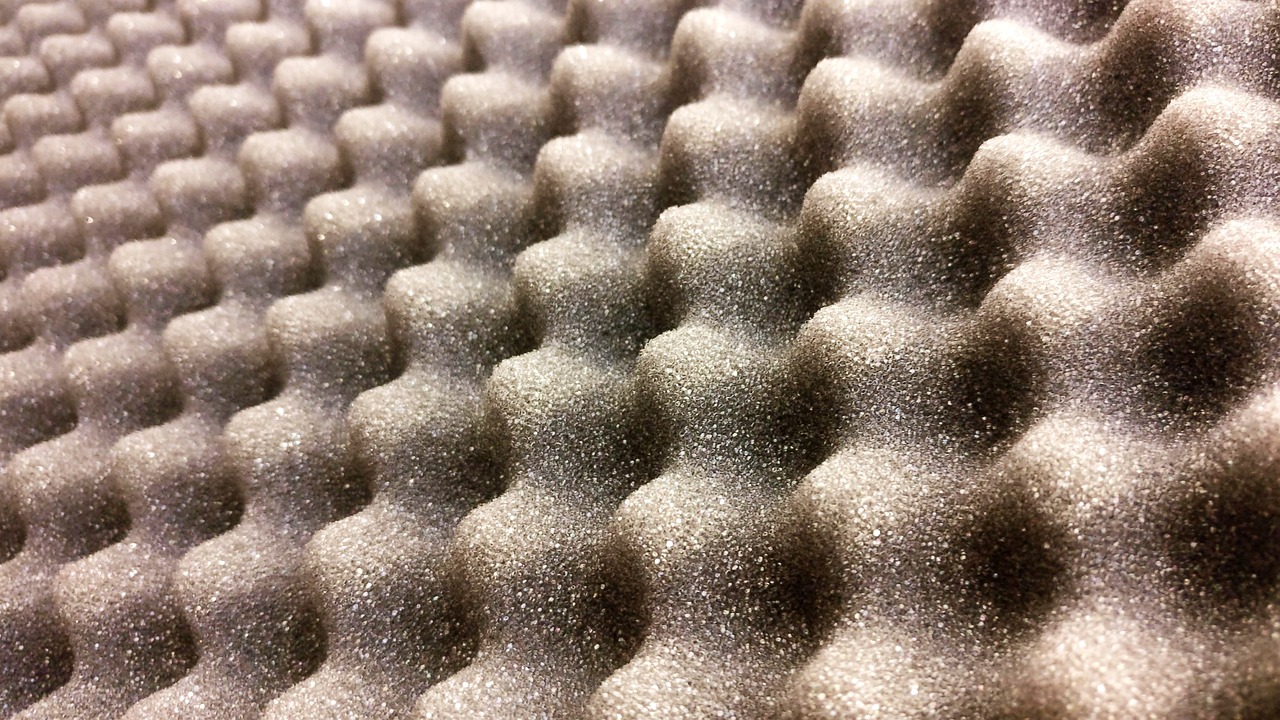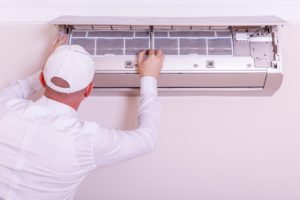An underlayment can work as a sound mat that muffles noise from footsteps, dragged items, music, and conversations. Underlayments may also help increase comfort, hide subfloor imperfections, and protect your floor against drafts and heat loss. If you plan to install new home or office flooring, an acoustic underlayment is a helpful and convenient upgrade. The material works like carpet padding, sitting between the subfloor and the top layer.
How Underlayment Reduces Noise and Sound
An underlayment can reduce noise in various ways, including separation and vibration dampening. Manufacturers offer different types of underlayment, so you can find the best match for your flooring. Some materials suit wooden subfloors, while others work better on concrete and corrugated steel decks. You can also find products with low, medium, and high soundproofing capabilities.
Most installations create a barrier that stops sound vibrations from traveling through the structure. Some materials, like rubber, are more robust and effective at reducing noise. Here’s more on how underlayment helps with soundproofing and the types of noise it reduces:
1. Reducing Impact Sounds
Impact sound is the noise produced when you walk, move things around, or drop something on the floor. The impact creates vibrations that pass through the floor and are heard across the room and downstairs. Installing an underlayment can help absorb and reduce impact sound. Unlike airborne noise, you can’t muffle impact sound with acoustical curtains or sound-absorbing fabrics. An underlayment provides the ideal solution for reducing the noise and vibrations that come from loud impacts.
2. Damping Sound/Vibration
Sound dampening is the process of transforming sound energy into heat energy. Vibrational energy is generated by movement and passes from the top to the bottom layer of your floor. Leading sound mat brands feature damping material to absorb vibrational energy. Absorbing the vibrations prevents sound from traveling through the subfloor into the joists and studs, reducing unwanted noise. The heat energy generated is released back into the room.
3. Blocks Airborne Noise
The best floor underlayment options feature high-density materials and constructions that offer a barrier to airborne noise. An underlayment can prevent sounds from music, television, and conversations from passing through the floor. You can use underlayment to avoid disturbing those downstairs. The barrier works more like soundproof fabrics used for doors, windows, and other places affected by airborne noise. You can choose thicker and heavier underlayments for more effective sound-dampening.
4. Disconnecting Floors and Ceilings
Underlayment soundproofing works by disconnecting upstairs and downstairs. You can accomplish this by raising the flooring surface or lowering the ceiling below. The goal is to disconnect one of the two surfaces from the building’s structure. Disconnecting the surface prevents noise vibrations from being transmitted through the structure. The noise waves die within the underlayment assembly, which is designed to decouple structure-born vibrations. An underlayment helps to keep noise inside the room it originates.
Install the Best Sound Mat Today
Soundproofing is one of many attributes to consider when installing an underlayment. The best underlayment materials are cost-effective and versatile. You can use them with a variety of floor finishes and customize the installation for your application. Top underlayment options are also compatible with hardwood, laminate, carpet, ceramic tile, and floating floors. Before choosing an underlayment, review the product specifications and testing information.
A reliable sound mat has the best sound-attenuating materials to reduce airborne and impact sound. The underlayment also increases STC ratings, doesn’t compress over time, and offers quick and easy installation. Look for mats that conceal subfloor imperfections and resist mold, mildew, and fungus. The best solution is to work with a reputable company that has installed underlayment in similar homes and offices. Choose experienced professionals with quality underlayment options.





Be First to Comment